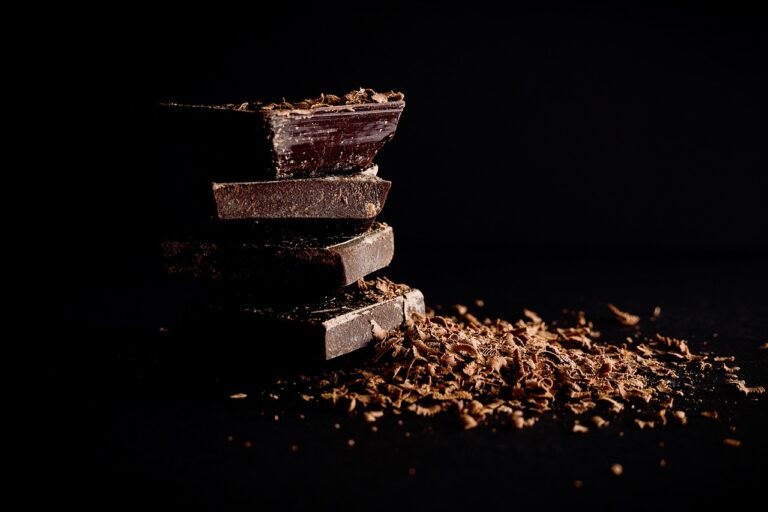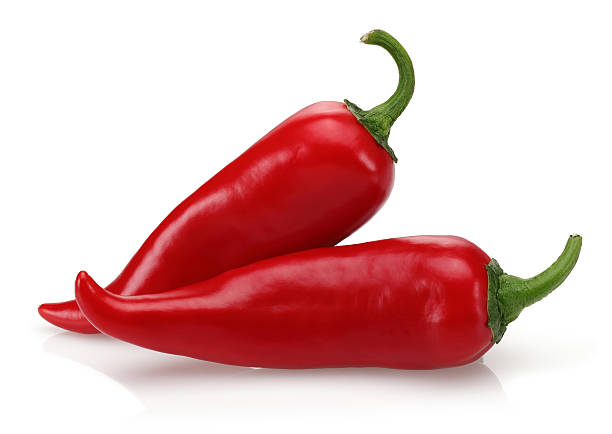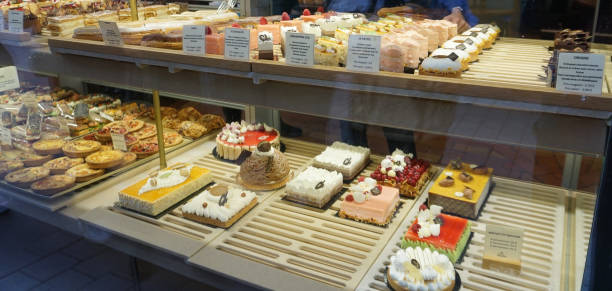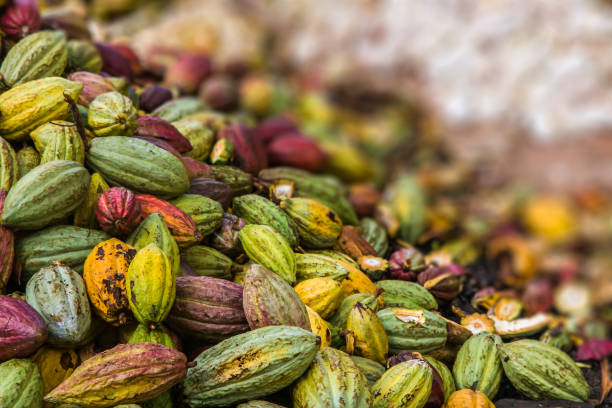Then, there is the sensation you get in your mouth. Because they are characterized by a brisk acidity and a little to moderate sweetness, white wine and rose can be described as refreshing. These low sugar levels may make you perceive these wines to be “dry.”
When alcohol levels are high (usually over 13%), people describe wine as being dry. This is because the ethanol produces a burning or hot sensation that can mask other feelings, such as sweetness. Red wines are also perceived as dry and astringent by people because they contain molecules called polyphenols.
I am an enologist, a wine researcher. I’m curious about how the chemistry of a glass of red wine contributes to this perception of a dry wine. The human senses are very good at evaluating the dryness of a wine. Can we ever find a way to assess the dryness of a wine without human tasters?
Grapes have a variety of properties due to the molecules they contain. barmalini/Shutterstock.com
Chemistry in the Vineyard
All begins with grapes. You will taste dryness or astringency when you try to taste the mature grape seed or skin at harvest. This is due to chemical compounds that are present.
The astringency is mainly due to large molecules called condensed tannic acid. These compounds are composed of different types and quantities of smaller chemical units called flavanols. Tannins belong to the same molecule family, polyphenols, that give grapes their color. Tannins are larger in grape skins than grape seeds. This is why the skins of grapes are more astringent and the seeds more bitter.
Grapes vary in the amount of they contain. In Vitis Vinifera cultivars like Pinot Noir or Cabernet Sauvignon, the tannin content varies between 1 and 1.5 mg/berry. In cold-hardy hybrids, such as Frontenac and Marquette found in the Midwestern United States, the tannin concentration is much lower. It ranges from 0.3 mg/berry to 0.7mg/berry.
Factors such as the soil, the location, and the amount of sunlight in the vineyard can affect the tannin concentration in the fruit.
To characterize the chemical structure of red wine, we extracted tannins in a laboratory. Aude Watrelot, CC BY-ND
Your mouth chemistry
The more tannins in a particular wine, the more astringent the wine will be.
The large tannin molecules in your saliva react with the proteins when you sip. The tannin molecules combine to form complexes that reduce the amount of salivary protein available to lubricate the mouth. Your mouth feels dry, like a snail that has lost its mucus.
Your perception of astringent and dry wines will differ from that of your family and friends because everyone’s saliva is different. The alcohol level, pH, and aromatics of the wine can also affect how intensely you feel a wine is dry.
The best tool for evaluating wine dryness, since it is a perception of the wine, is sensory evaluation. Panelists must be trained in the aroma, taste, and mouthfeel of wine based on standards and other wines.
Winemakers would like to be able to measure astringency objectively without having to rely on human tasters. So they can compare the wine of this year to that of last year or another wine that is not readily available for testing.
Can we evaluate dryness scientifically?
The author at UC Davis ,Tonya Kuhl, measured the friction between two surfaces. Aude Watrelot, CC BY-ND
My colleagues and I were challenged to match the quantitative chemical with the physical properties of a wine.
We used analytical methods first to determine the concentration and size of tannins in specific wines. We studied how the tannins formed complexes and interacted with salivary proteins.
We also took a more physical approach. My collaborators used an apparatus with two surfaces, which can mimic and measure friction forces that occur between the tongue and palate of a drinker as the wine and saliva interact. The friction forces are greater between surfaces that are drier and less lubricated.
Researchers at Iowa State University Sensory Evaluation Lab pass wines to trained volunteers who can then report on how dry the wines they tasted are. Aude Watrelot
We then trained panelists in order to assess the intensity of the dryness in both the same wines as well as a wine that contained no tannins.
The wine with the highest concentration of tannins was perceived as being drier and lasting longer than wine without tannins. This made sense based on our knowledge of these compounds and the way people perceive them.
Our lab measurements, however, showed the opposite of what our tasters thought. We found that wines with too much tannin or too little tannin had lower friction forces. According to the mechanical surface test, we expected a less dry mouthfeel in high-tannin wines.
In the future, my colleagues and I plan to explore this unexpected result to understand better how we perceive dryness.
The chemical and physical factors that make wine so personal and unique are also part of the reason why drinking it is a constantly changing experience. A quick measure would be helpful for winemakers to do their job, considering the impact that astringency has on how people perceive a wine. We haven’t yet been able to create a simple measure that would tell a winemaker whether tannins of a certain level correspond to a particular perception of dryness. We enologists continue to try.












+ There are no comments
Add yours